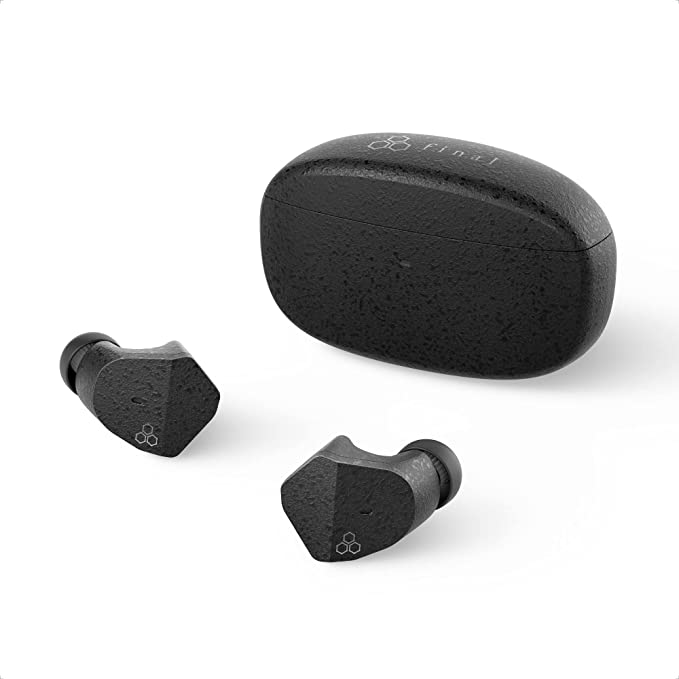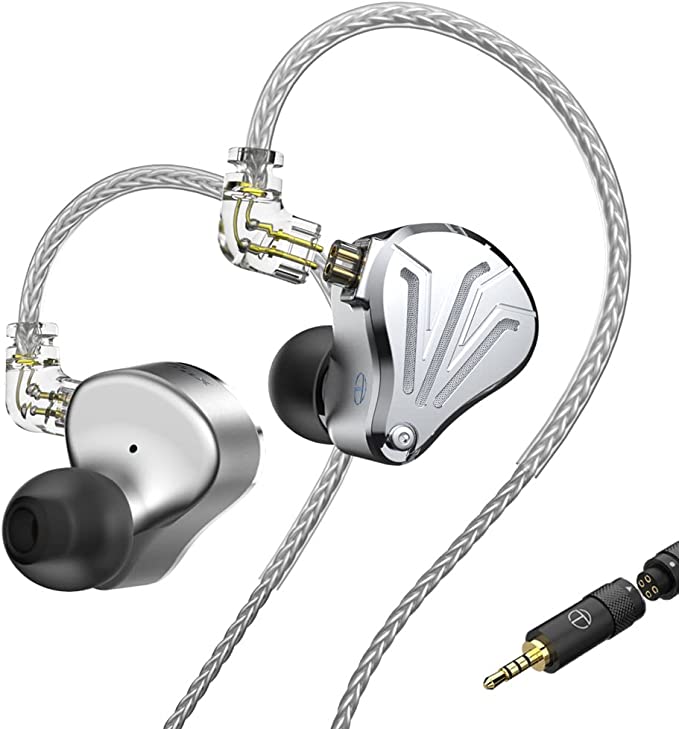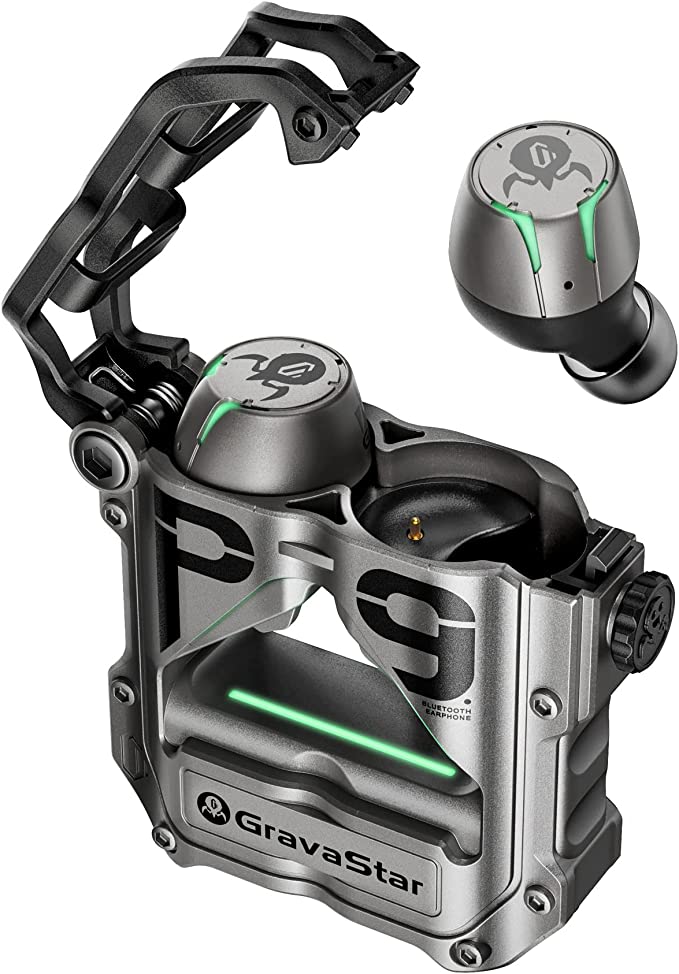The Science of Silence: A Deep Dive into the Yamaha SV-255 Electric Violin's Engineering
Update on Aug. 8, 2025, 3:12 p.m.
For any violinist, the world is divided into two conflicting realities. The first is the intimate, solitary space of practice, a realm governed by the need for quiet repetition without disturbing the peace. The second is the expansive, public domain of performance, where every nuance must be projected with power and clarity. For decades, bridging this chasm meant compromise: a rubber mute that choked the soul of an acoustic instrument, or an electric violin that felt alien and sounded one-dimensional. The Yamaha SV-255 Silent Violin, however, isn’t a compromise. It is a meticulously engineered solution, born from a deep understanding of acoustic physics, electronic science, and the violinist’s own body. To truly appreciate it, one must look past the surface and into the very principles that give it life.

The Body: Crafting Resonance without Volume
The first point of contact, and perhaps the most critical for an acoustic player, is the instrument’s physical presence. A common complaint against electric violins is their dead weight, a dense, unfamiliar mass that breeds fatigue. The SV-255 sidesteps this by adhering to tradition where it matters most. Weighing in at approximately 540 grams, it is virtually indistinguishable from its acoustic counterparts. This is no accident; it is a deliberate ergonomic choice. The secret lies in its hollow-body construction and the radical decision to offload its electronic brain.
Unlike solid-body instruments, the SV-255 is crafted with a spruce top and a maple back—the very same tonewoods that have defined the violin’s voice for centuries. Between them lies a carefully dimensioned resonating chamber. This isn’t for generating audible volume, but for cultivating feel. When the D’Addario Zyex strings are bowed, the energy travels through the bridge and excites the wood. The chamber allows the top and back plates to engage in sympathetic vibration, creating the subtle, complex resonance that a player feels through their chin, hand, and collarbone. It’s a closed-loop feedback system that informs the player’s technique, mimicking the responsive life of an acoustic instrument, all while producing a sound barely louder than a whisper. This design embodies a core principle: silence the output, not the soul.
The Heart: Capturing a Voice with Dual Transducers
At the core of the SV-255’s sonic identity is a sophisticated dual-pickup system, a design that mirrors advanced studio recording techniques. It relies on the piezoelectric effect—a phenomenon discovered by the Curie brothers in 1880, where certain crystals generate an electric charge when subjected to mechanical stress. In essence, these pickups act as specialized transducers, converting the violin’s physical vibrations into an electrical signal. But crucially, the SV-255 uses two distinct pickups to capture two different facets of the sound.
The first, a body pickup located under the bridge, captures the warm, holistic resonance of the hollow chamber. It functions like a wide-angle lens, sensing the overall bloom of the note and the woody character of the instrument. The second, a proprietary pickup built directly into the maple bridge, acts as a zoom lens. It captures the immediate, high-frequency details of the string itself: the crisp attack of the bow, the subtle textures of different bowing techniques, and the bright overtones that give the sound its presence and clarity.
The magic happens at the blend control. This dial allows the player to function as their own audio engineer, mixing the signals from these two sources. One can pan towards the body pickup for a rich, warm, almost microphone-like acoustic tone, or shift towards the bridge pickup for a cutting, focused electric voice that can slice through a dense mix. This is not merely a tone knob; it is a control over the very timbral DNA of the instrument, offering a palette that ranges from authentic emulation to bold new sonic territory.
The Brain: Ensuring Professional Signal Integrity
The decision to house the preamplifier, equalizer, and outputs in an external control box is a brilliant engineering trade-off. It is the key to the violin’s acoustic-like weight and balance. This compact unit is the instrument’s central nervous system, responsible for taking the raw signal from the pickups and preparing it for any audio environment imaginable.
Inside the box, a high-quality preamp boosts the delicate, high-impedance signal from the piezo pickups, ensuring a robust and noise-free foundation. But its most critical feature, and the undeniable proof of its professional pedigree, is the XLR balanced output. Unlike a standard quarter-inch cable that uses a single signal wire susceptible to noise, a balanced connection uses two signal wires of opposite polarity. As the signal travels down a long cable on a stage or in a studio, it might pick up hum from power lines or radio interference. In a balanced system, this noise is introduced to both wires equally. At the mixing console, a differential amplifier flips the polarity of one signal and combines them. The original audio signals, now in phase, add up, while the noise, now out of phase, cancels itself out. This principle, known as Common-Mode Rejection, is the gold standard for preserving signal purity.
The control box further adds a ground lift switch to eliminate potential hum from ground loops and offers the flexibility of three power sources: AA batteries, an AC adapter, or +48V phantom power supplied directly from a mixing board via the XLR cable. It is a toolkit designed for absolute reliability in the most demanding of professional settings.
The New Voice: Expanding the Musical Horizon
The “255” designation signifies that this is a 5-string model, featuring an added low C-string. This is more than just one extra note; it expands the instrument’s range a full perfect fifth downwards, encroaching into the territory of the viola. For the classical player, it unlocks new arrangements and transcriptions. But for the jazz, rock, or improvising musician, it’s a gateway to new harmonic possibilities. It allows for richer chord voicings, walking bass lines, and a powerful low-end growl that a traditional four-string violin simply cannot produce. This extended range, combined with the violin’s vast tonal shaping capabilities, transforms it from a classical instrument into a versatile tool for any genre.
In the end, the Yamaha SV-255 is a masterclass in synthesis. It synthesizes the past and the future, blending the hallowed tradition of tonewoods and acoustic design with the precision of modern audio engineering. It resolves the violinist’s core paradox not by finding a middle ground, but by creating a superior solution for both worlds. It proves that an instrument can be silent to the outside world yet sing with vibrant resonance to its player, and that this silent voice can be translated into a powerful, pure, and endlessly expressive signal, ready for any stage or studio. It is a quiet revolution, embodied in wood, wire, and silicon.


























































